A Novel Approach to Water Purification: Electrospun Nanofiber Membranes
The world's water supply is becoming increasingly scarce, necessitating the development of innovative, cost-effective water filtration technologies. Electrospun nanofiber membranes are among the most promising alternatives due to their exceptional performance and structure. This article examines the primary assets, novel concepts, and future potential of these next-generation materials in the water treatment industry. It accomplishes this by incorporating data from two significant publications: "Recent Advances in Electrospun Nanofibers Applications in Water Purification" and "Electrospun Nanofibrous Membranes for Water Treatment."
The primary advantages of electrospun nanofiber membranes are as follows:
- A network of openings and a very high surface area
Nanofibers are interconnected to form electrospun membranes. This results in a highly porous structure and a substantial surface area. This configuration facilitates enhanced adsorption and an increased water flow. This structure is capable of effectively retaining pollutants while simultaneously facilitating efficient flow rates, as illustrated in Figure 1 from the literature.
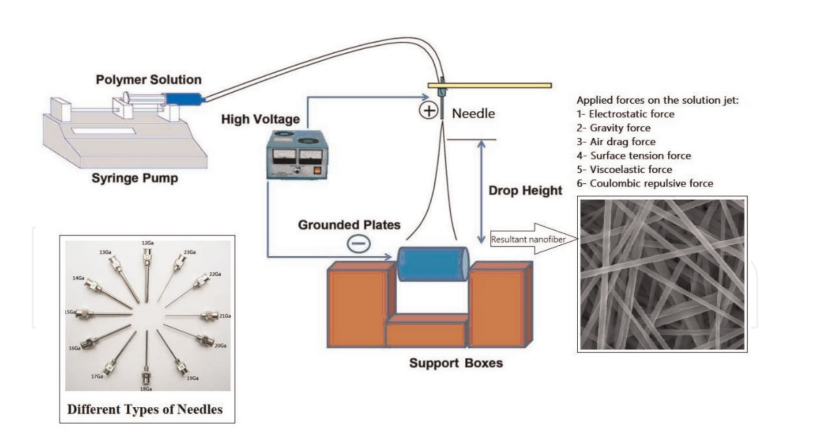
Figure 1 illustrates the porous structure of nanofibers that are produced through electrospinning.
- Fiber Diameter and Porosity Adjustment
The voltage and solution concentration can be adjusted to precisely regulate fiber size and porosity during electrospinning. Figure 2 illustrates the impact of processing variables on fiber diameter, a critical factor in the development of membranes that are suitable for specific water purification requirements.
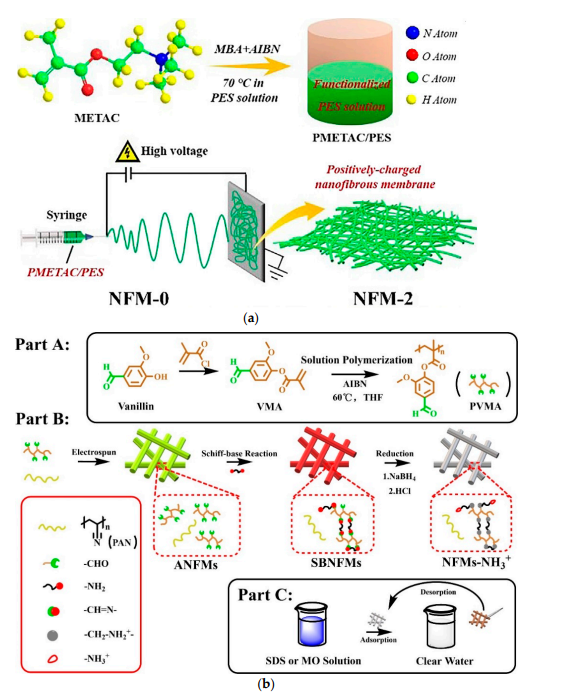
Figure 2. Variations in fiber diameter as a result of varying electrospinning parameters.
- Chemical stability and strength
Electrospun membranes are highly resistant to chemicals and possess robust mechanical properties, which enables them to operate for an extended period of time in challenging conditions. The stability of nanofiber membranes is demonstrated in Figure 3, indicating that they can be relied upon in real-world applications with significant pressure.
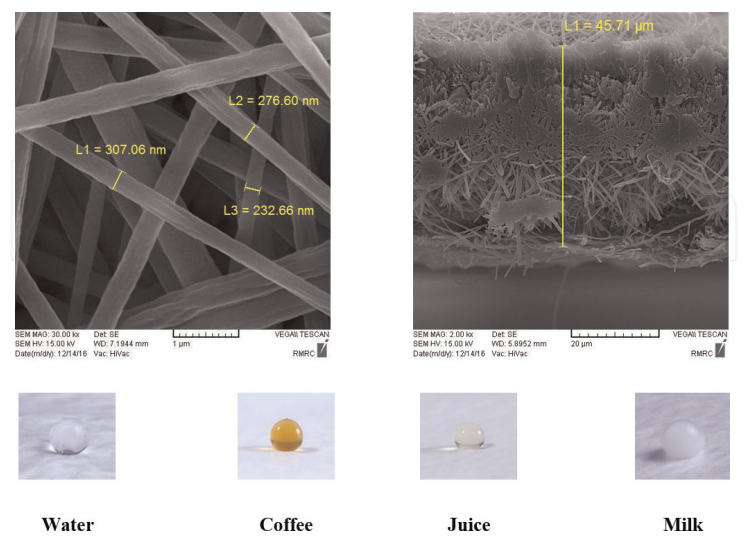
Figure 3. The nanofiber membranes maintain their morphology when subjected to pressure.
Innovative concepts: Functionalization and hybridization
- Membranes with functional properties
By incorporating functional components or altering the surface, electrospun membranes can selectively eliminate specific impurities. For instance, Figure 4 illustrates that a functionalized membrane has the capacity to retain a greater number of heavy metal ions, which is a significant advantage when treating industrial effluent.
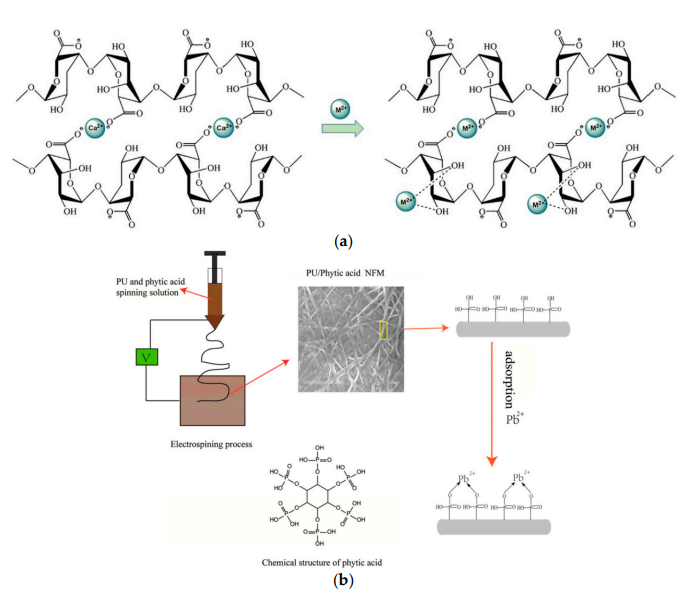
Figure 4. The degree of adsorption of functionalized nanofiber membranes.
- Nanocomposites that are hybrid in nature
Filtration is further enhanced by the incorporation of advanced materials such as graphene or MOFs (metal-organic frameworks) into nanofibers. The composite membranes are highly effective in the degradation of organic pollutants with light, as illustrated in Figure 5. This provides them with a robust dual function: purification and filtration.
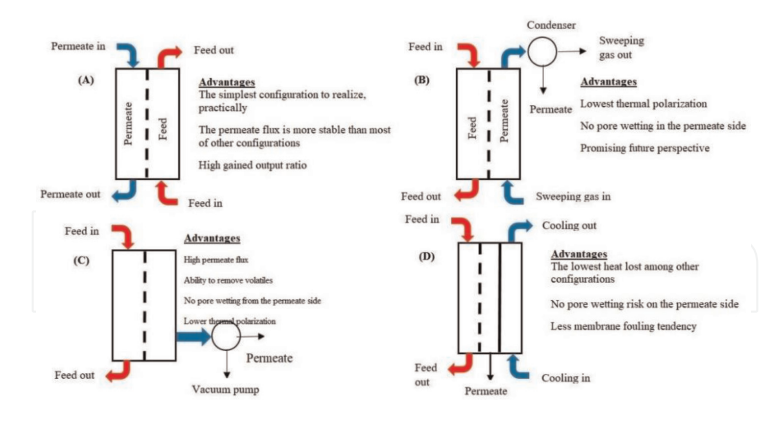
Figure 5 illustrates the effectiveness of composite nanofiber membranes as photocatalysts.
- Intelligent Response
A new line of research is investigating membranes that respond to
- environmental factors, such as pH, temperature, or light. These intelligent membranes are capable of autonomously altering the manner in which they separate substances, thereby enabling water treatment systems to be both adaptable and intelligent.
Prospective
There is significant potential for electrospun nanofiber membranes; however, there are numerous challenges to overcome, including the cost-effective production of large quantities and the maintenance of their longevity in intricate water systems. However, we anticipate that these membranes will be extensively employed in applications such as the desalination of saline, the treatment of industrial effluent, and decentralized water purification systems as material science and manufacturing technologies continue to advance.
References
- Electrospun Nanofibrous Membranes for Water Treatment
- Review of the Recent Advances in Electrospun Nanofibers Applications in Water Purification
 UPDATE
UPDATE
2025-06-18
As urbanization accelerates, building envelopes become tighter, and environmental pollution intensifies, indoor air quality (IAQ) has garnered unprecedented attention. For offices, public institutions, and manufacturing facilities, improving air filtratio Read More2025-06-16
The world's water supply is becoming increasingly scarce, necessitating the development of innovative, cost-effective water filtration technologies. Electrospun nanofiber membranes are among the most promising alternatives due to their exceptional p Read More2025-06-10
As the global solar industry pushes for higher efficiency and greener production, FREBANG is proud to bring cutting-edge nanomaterials to SNEC 2025 – Asia’s largest and most influential clean energy event. Read More2025-06-09
June 8 marks World Oceans Day, a time to reflect on our shared responsibility to protect the vast blue ecosystems that sustain life on Earth. While most conversations around ocean conservation focus on plastic waste or overfishing, one often overlooked ye Read MoreImmediately have your exclusive program customization




